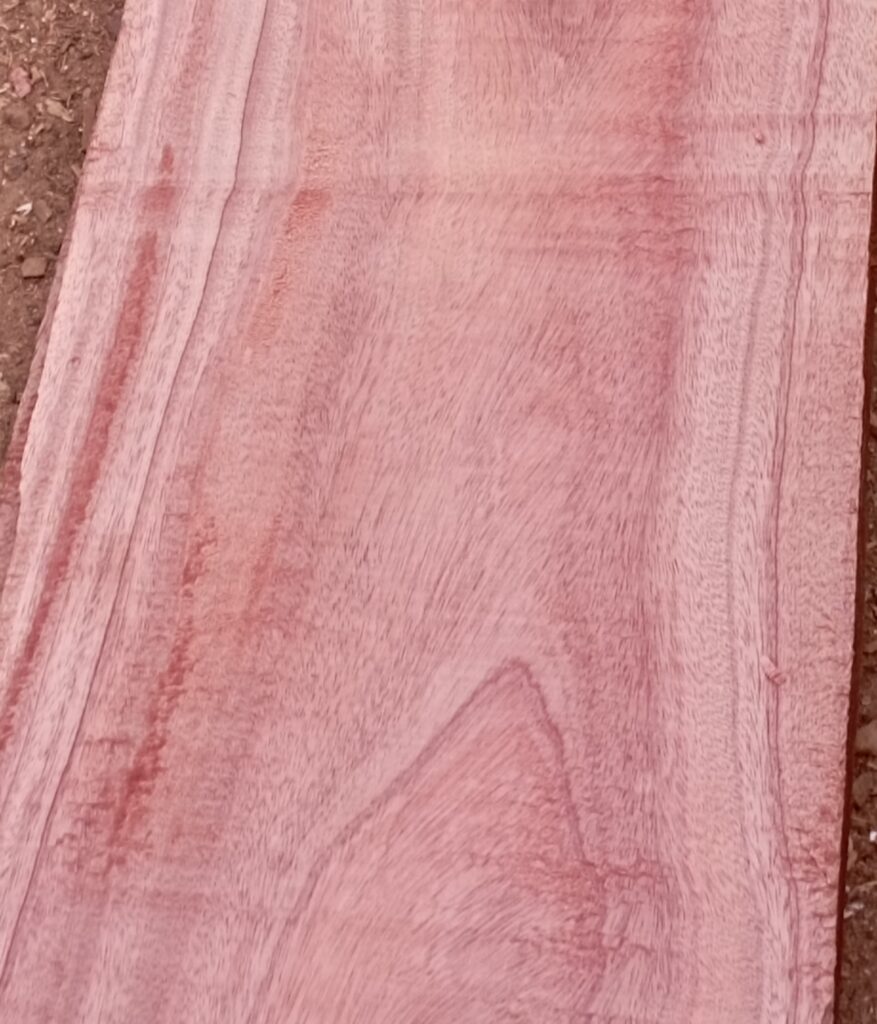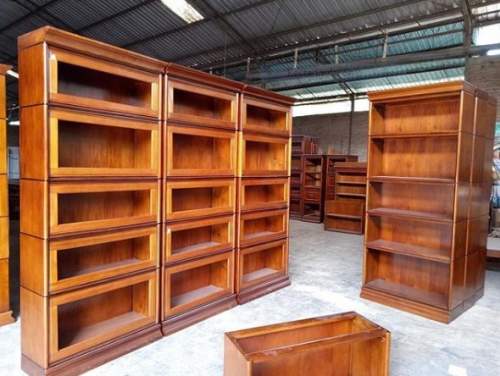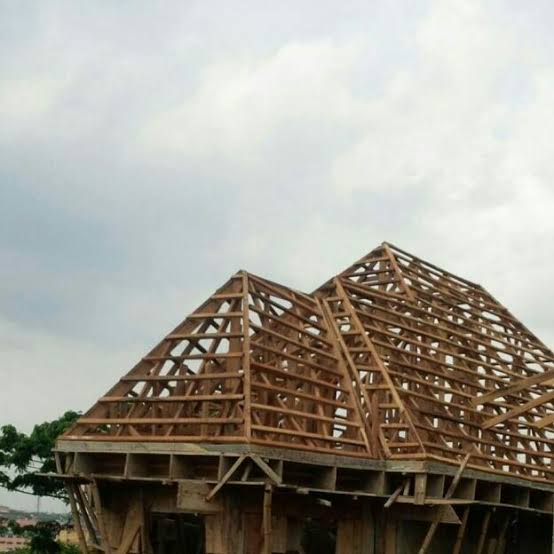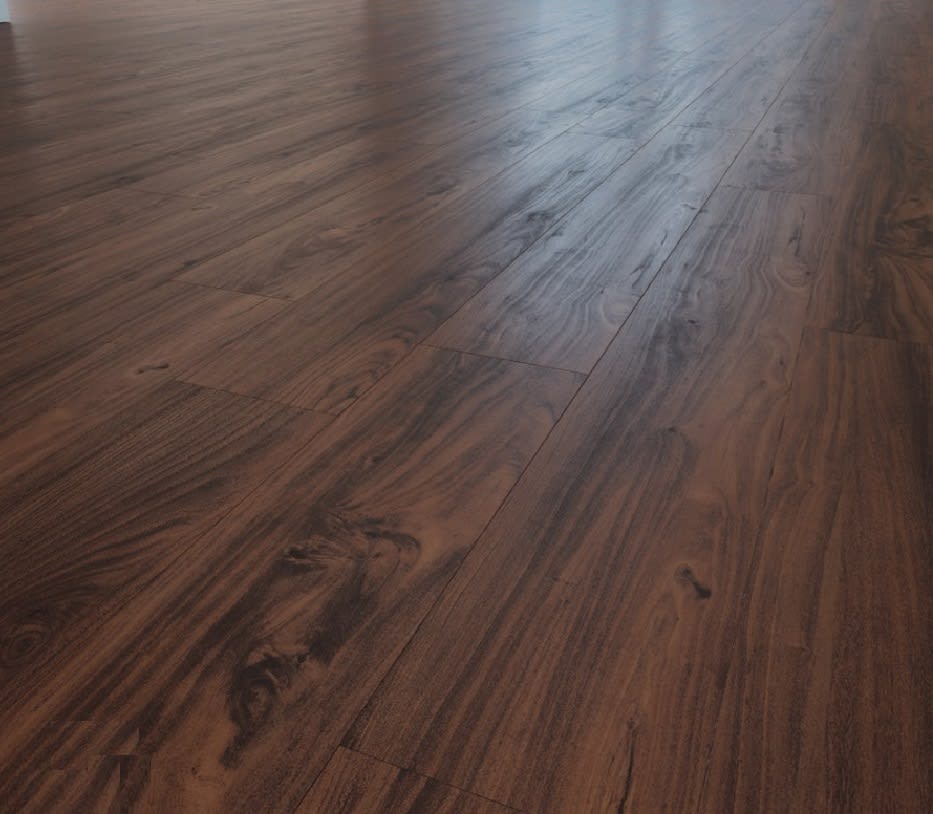Seasoned wood refers to wood that has been dried to remove moisture from it before it is used for various purposes, such as construction, woodworking, or heating. The drying process allows the wood to stabilize and become more durable, stronger, and less prone to warping, splitting, or cracking.
There are several ways to season wood, including air-drying, kiln-drying, or a combination of both. Air-drying involves stacking the wood in a dry, well-ventilated area and allowing it to dry naturally over time, typically for several months to a year or more. Kiln-drying involves using a special oven or kiln to remove moisture from the wood quickly, usually within a matter of days or weeks.
The amount of time required to season wood depends on several factors, including the species of wood, its thickness, and the humidity and temperature of the environment. Generally, hardwoods take longer to season than softwoods because they are denser and contain more moisture.
Seasoned Woods Versus Unseasoned Woods.
Seasoned wood and unseasoned wood are two different types of wood that are used for various purposes. Seasoned wood refers to wood that has been dried or “seasoned” to remove moisture from it, while unseasoned wood, also known as green wood, has not been dried and still contains moisture.
Here are some of the differences between seasoned wood and unseasoned wood:
- Moisture content: The primary difference between seasoned wood and unseasoned wood is the moisture content. Seasoned wood has a low moisture content (typically below 20%), while unseasoned wood can have a moisture content of up to 50%.
- Stability: Seasoned wood is more stable than unseasoned wood. Because it has a lower moisture content, it is less likely to warp, crack, or shrink.
- Strength: Seasoned wood is stronger than unseasoned wood. As the wood dries, it becomes denser, which makes it more resistant to breaking or bending.
- Durability: Seasoned wood is more durable than unseasoned wood. The lower moisture content makes it less susceptible to rot and decay, and it can resist insects and other pests.
- Cost: Seasoned wood is usually more expensive than unseasoned wood because of the extra time and effort required to dry it properly.
Why You Should Stop Using Unseasoned Woods For Building.
Using unseasoned woods for building can cause several problems and ultimately lead to a less durable and less stable structure. Unseasoned wood, also known as green wood, has not been dried properly, and still contains a high level of moisture.
When unseasoned wood is used for construction, it can lead to the following issues:
- Warping and Cracking: Unseasoned wood is prone to warping and cracking as it dries out. This can lead to a warped or uneven structure and potentially unsafe building conditions.
- Decay and Rot: Moisture in unseasoned wood creates an environment where fungus and bacteria can thrive, leading to decay and rot over time. This can weaken the structural integrity of the building and lead to safety hazards.
- Shrinkage: As unseasoned wood dries, it shrinks, which can lead to gaps between joints and connections, causing potential structural issues.
- Decreased Strength: Unseasoned wood is weaker than seasoned wood and is more likely to break or fail under stress or pressure.
To avoid these problems, it is essential to use seasoned wood for building. Seasoned wood has been dried to a specific moisture content, making it stronger and more durable. It is also less prone to warping, cracking, decay, and rot. Using seasoned wood for building ensures a safe and stable structure that will last for many years.





